FREE Standard Shipping On All Orders $100 or More!*
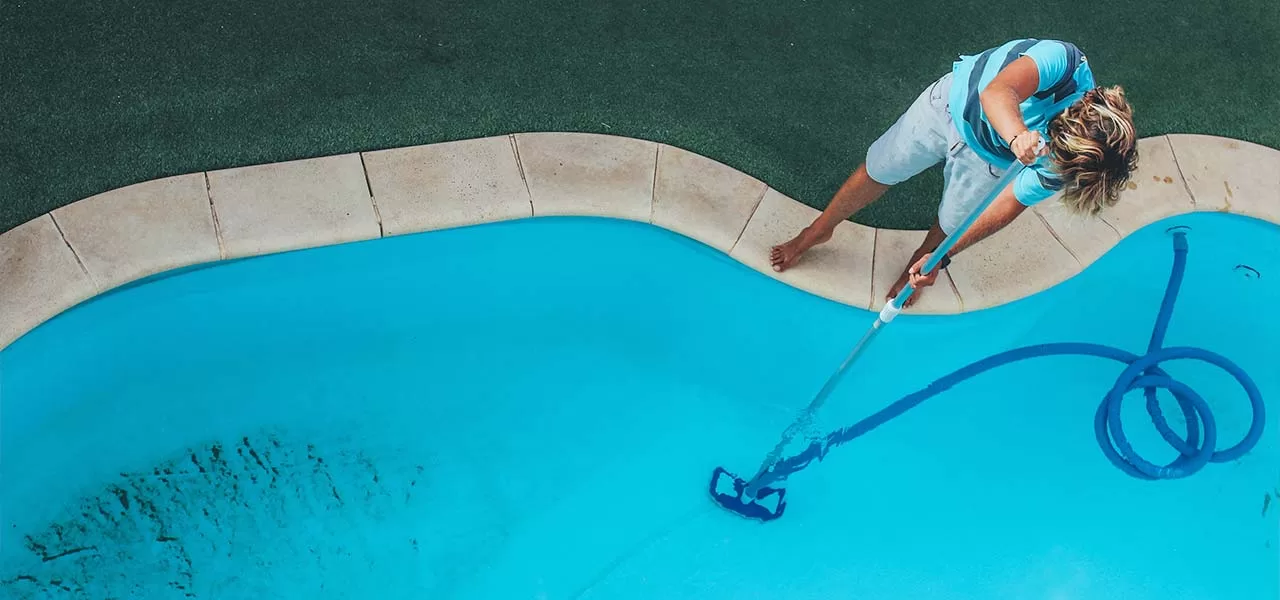
Pool Opening Checklist: 15 Pool Supplies to Have on Hand
Spring: time for "The Big Reveal." Every spring, a pool owner stands at the edge of their pool deck, looking down at the curtain of mystery that is their pool cover, wondering if all the extra time and effort that went into closing their pool for the winter mattered at all. "I wonder what color the algae will be this year?!" "Maybe I'll actually be able to see the bottom this time." Or maybe even, "I hope there's STILL water in the pool!"
These are just some of the thoughts a pool owner has when it's time to take off the pool cover and open their pool. Whether this is your first season as a pool owner, or whether it's your 20th, it can be easy to misplace, forget, or simply not be aware of all the essentials needed to open the pool like a pro. That's why we've put together this handy Pool Opening Supply Checklist. Let's dive right in, shall we?
1. Pool Opening Kit (Plus Extra Pool Shock for Green Pools)
One of the best things about a pool opening kit is that it turns a whole boxful of supplies into one item on the list. All In The Swim Start-Up Kits contain algaecide, clarifier, pool shock, stain and scale prevention, test strips, and a Sun Sorb to soak up oily substances in the water. Just select the right kit for your pool size (up to 7.5k, 15k, 30k, or 35k gallons), and your kit will arrive with all the pre-measured essential products needed to open your pool. You can also find our Start-Up Kits paired with a SpringPill and/or Pool Refresh for an extra boost at opening time. Order 6–12 extra bags of pool shock if your pool is green, because you'll probably need it.
2. Fresh Reagents For Your Test Kit
It's something we preach a lot about here at In The Swim—don't skimp on your test kit. Test strips may be convenient, and they do have their place for an at-a-glance quick test. But when accuracy is important, it's best to have a quality liquid test kit as a go-to, especially when it's time to open your pool. Many don't realize that the shelf life of test kit chemical reagents is actually short compared to other pool chemicals. You should replace your test kit reagents every season. Cold weather and time gradually change their chemical structure, which leads to poor water test results, which results in a cloudy pool, which makes you send way more money on pool chemicals...you see where we're going with this? Just replace your testing materials at the start of each pool season, and you'll be in good shape.
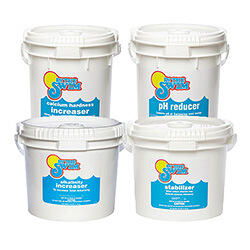
3. Water Balancing Chemicals
It's inevitable that once you run a water test, you'll likely need to adjust your pH, Total Alkalinity, or Calcium Hardness levels. It's best to either test your water a couple days before pool opening day, or just to have some increaser/decreaser balancing chemicals stocked up and ready to go. These chemicals aren't just valuable pool opening supplies—you'll use them all summer long. Once you've got your basic chemistry levels adjusted where they should be, don't forget to check the stabilizer/conditioner level. Keep Cyanuric Acid levels between 30–50 ppm to protect your chlorine against the sun's harsh UV rays.
4. Pool Pole, Vacuum Head, Vacuum Hose, Leaf Rake, and Brush
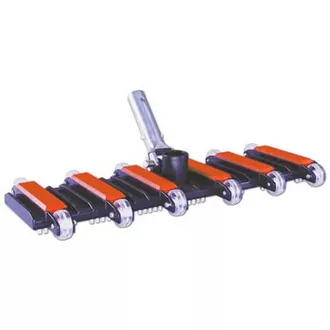
OK. So this "one" is really five pool maintenance accessories. Odds are that you probably already own these items, but they do need replaced every so often. You don't want your old, cracked vacuum head to break on you in the middle of opening your pool! Take a look at your pool cleaning tools and update or replace as needed, so you always have them available. Especially if you are still using the cheap, flimsy stuff the pool builder gave you, maybe it's time to upgrade with better quality pool cleaning tools this summer.
5. Garden Hose and/or Leaf Blower
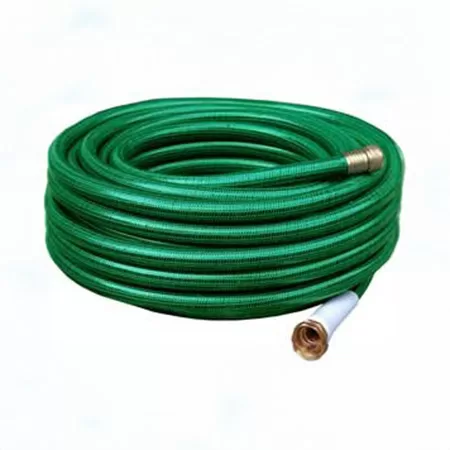
It may be halfway down our list of pool opening supplies, but a garden hose the first thing we recommend when it's time to open the pool. One of the first steps of your pool opening process should be to raise the water level with a garden hose. Some pools may need to fill for many hours. If you have an inground pool, you can also use the hose to spray off the deck. If you have a leaf blower, definitely run it around the pool before and after removing the cover.
6. Teflon Lube for O-rings
This is an easy one to overlook. A well-lubed filter basket gasket helps create an airtight seal, which makes life for your pool pump much easier. Be sure to clean the o-ring with a rag first, to remove old grunge and dirt. Do the same with all other gaskets and o-rings on unions, filter valves, filter tanks, or anywhere else a rubber seal exists. We recommend Jack's Formula 327 multi-purpose pool lube. While you're going through lubricating everything, pay close attention to the condition of your o-rings and gaskets. If they look worn, cracked, misshapen, or crimped, don't bother lubricating them—it's time to replace them. You can worry about lubricating the new parts when you're ready to install. More on that in just a little bit.
7. Teflon Tape for Threaded Plugs
This one is a generally handy item to keep in your pool tool kit, especially when gathering your pool opening supplies. Teflon tape is used on threaded plugs, drain plugs, pressure gauges, and many other threaded fittings that must be watertight. It's an inexpensive, but commonly forgotten accessory in your pool tool kit. Not using Teflon tape or other thread sealant on threaded connections can lead to air and water leaks, which can lead to issues with your pool equipment. To use correctly, first remove the old Teflon tape (patience!), and then wrap 3–4 times around the male threaded plug in a clockwise direction. For drain caps, used on some filters, apply Teflon tape to the threaded spigot where the drain cap attaches.
8. Safety Cover Tools, Storage Bag, and a Good Storage Space
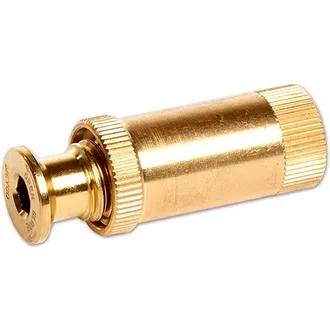
If you need a new safety cover anchor key, installation/removal rod, a heavy-duty safety cover storage bag, or any other safety cover hardware, get those on order beforehand. Pick out a nice summer home for your pool cover, preferably an indoor space that's dry, away from direct sunlight, and pest-proof. We speak from experience when we say that mice love chewing holes through safety covers and making them resemble Swiss cheese. Store your safety cover where it won't become a rodent's home or dinner for insects. Mothballs and mint sachets can provide some protection, but don't leave it outside, if possible. Store it somewhere indoors, such as the basement, or up on the shelves or rafters in your garage.
9. Basic Hand Tools
Strap on that tool belt or grab your toolbox, because you know you'll need at least a wrench and a screw driver to tighten up the ladder, drain plugs, filter clamp, etc. It's best to have these pool opening supplies ready to go in your utility belt, so you don't have to go searching for them in the middle of the pool opening process. The most common tools needed are 1/2" and 9/16" wrenches, 1/4" and 5/16" nut drivers, straight and Channellock pliers, and flat and Philips screwdrivers. Nothing out of the ordinary, here.
10. Filter Media
If you own a D.E. filter, double-check that you have enough fresh D.E. powder to last through at least a few backwash cycles. Also take a minute to make sure your filter grids are in good shape, not showing any tears or severe stains. For cartridge filters, they generally last for a few seasons. After your spring cleanup, if your old cartridges are due for replacement, pop in a new set of cartridges, and you'll enjoy cleaner, clearer water this summer. Sand filters can always benefit from a good rejuvenation and cleansing. Use a sand filter cleaner to dissolve the oils and contaminants trapped deep in the sand bed.
11. Automatic Cleaner Filters or Bags
If you own a pool cleaner, you know it's going to be working overtime when you first open your pool. For robotic cleaners, check to see if the filter, canister, or bag needs replacement. Pressure-side cleaners may need a new debris bag if the old one looks a little worn. Some models offer spring clean-up filters or bags with larger mesh openings to handle heavy leaves and debris loads, saving your finer mesh filters or bags for normal cleaning.
12. Wet-Dry Vac
It's the Swiss Army Knife of maintenance equipment and pool opening supplies: the trusty wet-dry shop vacuum. While it isn't necessarily critical to have one, it really comes in handy while opening the pool. For example, you can use it to clear leaves, debris, and spider webs from a pool heater. They come in handy to clean below burner trays and above heat exchangers on gas heaters, and also to clean the inside of pool heat pumps.
13. Replacement Mineral Cartridges or Salt Cells
If you have a saltwater pool, be sure to check that the salt cell still has some life left in it. Also, make sure your salt level is where it needs to be after topping off the pool water. For FROG, Jacuzzi, or Nature2 mineral systems, a new 6-month cartridge will set you up for the coming swim season. This crucial mineral sanitizer accessory is sometimes forgotten on an initial pool supply run during the start of spring. It's no problem, though. Many people wait to install their new mineral cartridge until after pool water clears up.
14. Skimmer Parts, Filter Parts, Pump Parts, Cleaner Parts...All the Parts!
Give your equipment a thorough inspection to make sure all filtration system components are functional and in good repair. It might not be something that you will notice right away, and something might pop up after your system has been running for a couple of days. Either that, or it could be an issue you first noticed during pool closing, such as a cracked o-ring. It's best to nip any problems in the bud early, before they become bigger issues. Closely inspect your pump, filter, skimmers, valves, cleaner, heater, and any other pool equipment connected to the plumbing, and replace any broken or damaged parts immediately. Faulty pool equipment parts that aren't replaced can lead to greater damage or even complete failure of your pool equipment.
15. Safe Storage for Winter Plugs, Gizzmos, Floaters, and Cover Supplies
Nothing makes for an easier pool opening than a thorough pool closing, and vice versa. Have you ever wasted several hours looking for an eyeball fitting? You just knew it was around here somewhere! You JUST SAW IT last week! Avoid making that mistake, and designate a single box or bag to keep all your winterizing hardware and accessories in one spot. If you know you will use it again in the fall when it's time to close your pool, keep it all together, and store it somewhere not hidden from your future self. Your future self will thank you!
For more helpful tips and tricks on how to open your pool, head on over to our Pool Opening Blog Archives to browse our vast library of content.